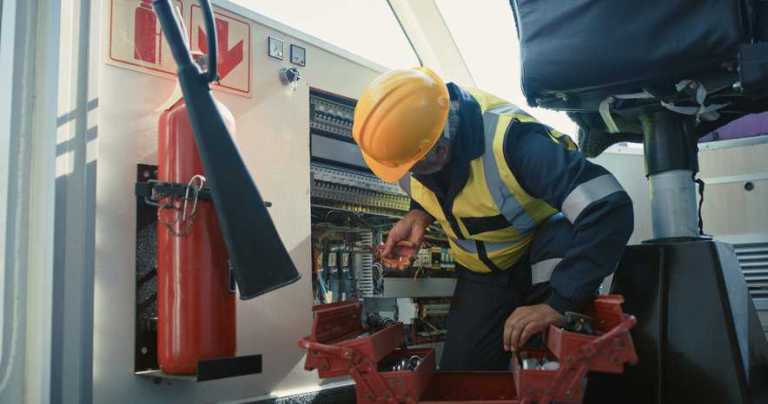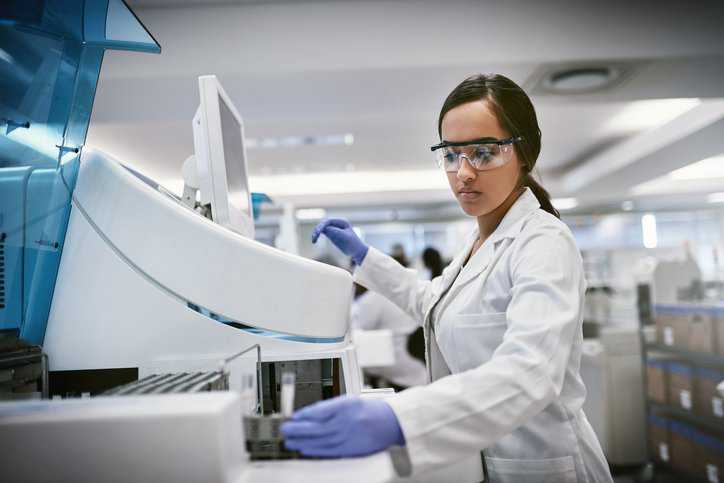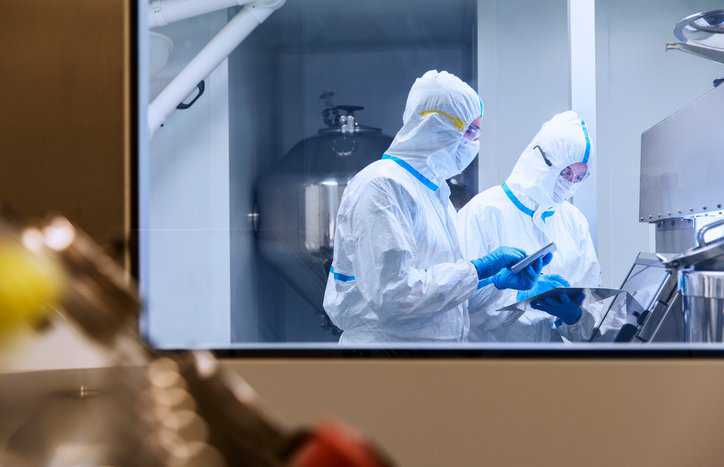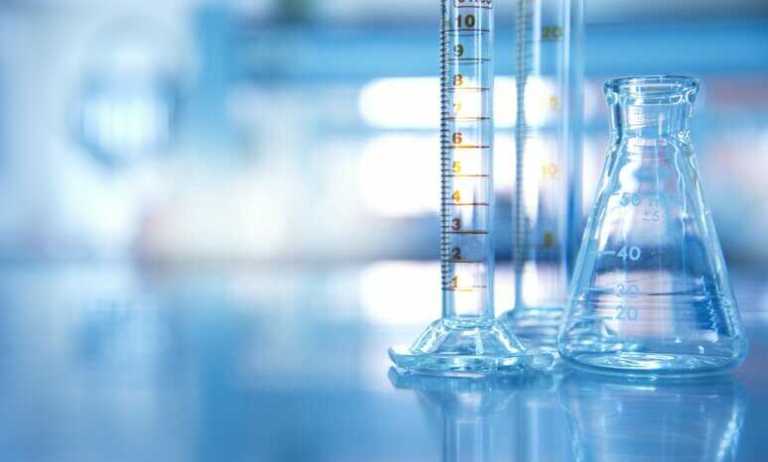What Is the American Board of Forensic Toxicology (ABFT)?
Forensic toxicology is the identification and quantification of biological samples (such as blood, urine, or tissue) for the presence of toxins— including drugs, alcohols, and…

Forensic toxicology is the identification and quantification of biological samples (such as blood, urine, or tissue) for the presence of toxins— including drugs, alcohols, and…

ISO/IEC 17025:2017 requires laboratories to calibrate measuring equipment when the measurement accuracy or uncertainty affects the validity of results and/or the metrological traceability of results…

ANAB’s Field Evaluation Body (FEB) program for NFPA 790, Standard For Competency Of Third-Party Field Evaluation Bodies, and NFPA 791, Recommended Practice And Procedures For…

What Is NELAC? NELAC stands for the National Environmental Laboratories Accreditation Conference. Established by the EPA in 1995 as a means to bring consistency in…

Laboratory errors have a reported frequency of 0.012–0.6 % of all test results. This is why proficiency testing (PT), a formal type of interlaboratory comparisons, is an…

When sending samples to a laboratory for testing, the reported results can impact what happens next, such as deciding to release a product to the…

ANSI/NCSL Z540-1 and ANSI/NCSL Z540.3, both commonly referred to as ANSI Z540, form a supplemental accreditation program to ISO/IEC 17025:2017. Implementing a laboratory management system…

The Consumer Products Safety Improvement Act (CPSIA) was voted into law in 2008. The CPSIA includes provisions for addressing lead levels, phthalates, toy safety, and…

Many are familiar with the saying, “Measure twice, cut once,” which stresses the importance of being diligent when performing a measurement to ensure its accuracy….